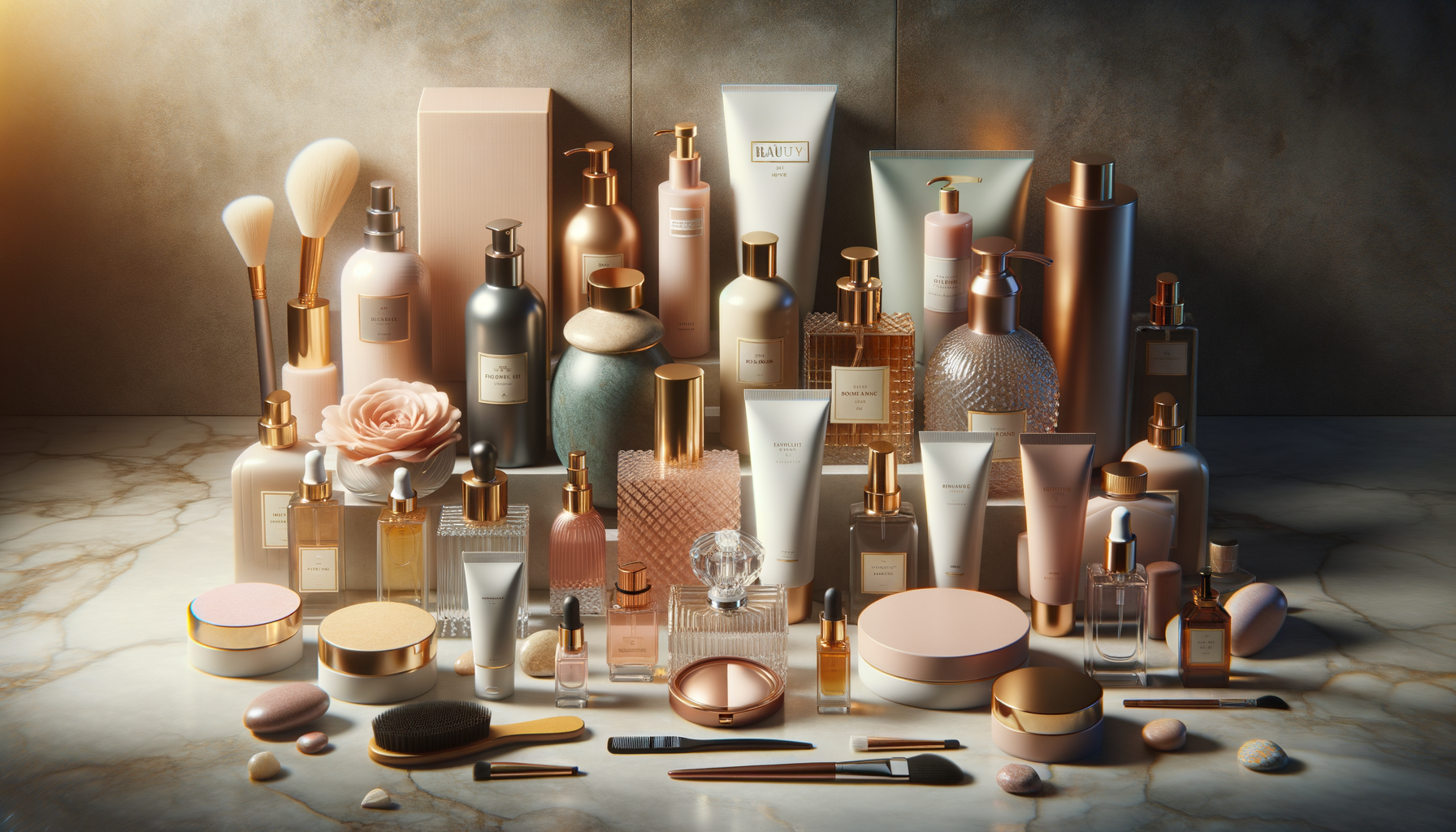Compare Beauty Products – From Fragrances to Everyday Essentials
Explore the world of cosmetics, from their historical significance to modern trends and innovations.

The Historical Significance of Cosmetics
Cosmetics have been an integral part of human culture for centuries, serving not only as a means of enhancing beauty but also as a reflection of societal norms and values. From the kohl-rimmed eyes of ancient Egyptians to the elaborate hairstyles of the Elizabethan era, cosmetics have evolved significantly over time. In ancient times, cosmetics were often used for religious and cultural purposes. For example, the Egyptians used cosmetics not only to enhance their appearance but also to honor their gods. Similarly, in ancient China, the use of rice powder to whiten the face was a symbol of status and wealth.
As societies evolved, so did the use of cosmetics. The Renaissance period saw a shift towards more subtle and natural beauty, with women using lead-based powders to achieve a pale complexion. However, this came with its own set of health risks, leading to a gradual shift towards safer ingredients. The 20th century marked a significant turning point in the cosmetics industry, with the introduction of mass production and the rise of global brands. This era also saw the emergence of new beauty standards, influenced by Hollywood and the media. Today, cosmetics are not only used for enhancing beauty but also for self-expression and empowerment.
Ingredients and Formulations: A Closer Look
Understanding the ingredients and formulations of cosmetics is crucial for making informed choices. Modern cosmetics are a blend of science and art, with formulations designed to cater to various skin types and preferences. Common ingredients include water, emulsifiers, preservatives, thickeners, moisturizers, colors, and fragrances. Each ingredient plays a specific role in the product’s performance and safety.
For instance, moisturizers are essential in many skincare products, helping to maintain the skin’s hydration and elasticity. Ingredients like hyaluronic acid and glycerin are popular choices due to their ability to attract and retain moisture. Emulsifiers, on the other hand, help to blend water and oil-based ingredients, ensuring a smooth and consistent texture. Preservatives are added to prevent microbial growth and extend the shelf life of products.
With the growing demand for natural and organic products, many brands are now focusing on plant-based ingredients and sustainable formulations. This shift is not only beneficial for consumers but also for the environment, as it reduces the reliance on synthetic chemicals and promotes eco-friendly practices.
The Role of Cosmetics in Self-Expression
Cosmetics have transcended their traditional role of enhancing beauty and have become a powerful tool for self-expression. In today’s diverse and inclusive society, cosmetics offer individuals the freedom to express their unique identities and personalities. From bold lip colors to intricate eye designs, cosmetics allow people to experiment with different looks and styles.
This trend is particularly evident in the rise of social media platforms, where beauty influencers and enthusiasts showcase their creativity and inspire others. The use of hashtags like #MakeupTransformation and #BeautyInspiration highlights the transformative power of cosmetics and their ability to boost confidence and self-esteem.
Moreover, cosmetics have played a significant role in challenging traditional beauty standards and promoting inclusivity. Brands are now offering a wider range of shades and products to cater to diverse skin tones and types. This shift towards inclusivity is not only empowering for consumers but also reflects a broader societal change towards acceptance and celebration of diversity.
Innovation and Trends in the Cosmetics Industry
The cosmetics industry is constantly evolving, driven by innovation and changing consumer preferences. Technological advancements have led to the development of new products and formulations that offer enhanced performance and benefits. For instance, the rise of skincare-infused makeup products has blurred the lines between skincare and cosmetics, offering consumers the best of both worlds.
Another significant trend is the growing demand for sustainable and eco-friendly products. Consumers are increasingly conscious of the environmental impact of their purchases and are seeking products that align with their values. This has led to the rise of clean beauty brands that prioritize sustainable sourcing, ethical practices, and minimal packaging.
In addition, the use of artificial intelligence and augmented reality in the cosmetics industry has revolutionized the shopping experience. Virtual try-on tools and personalized recommendations have made it easier for consumers to find products that suit their preferences and needs. These innovations not only enhance the customer experience but also provide valuable insights for brands to tailor their offerings.
Choosing the Right Cosmetics for Your Skin
Choosing the right cosmetics can be a daunting task, given the plethora of options available in the market. However, understanding your skin type and specific needs can help you make informed decisions. For instance, individuals with oily skin may benefit from oil-free and mattifying products, while those with dry skin should opt for hydrating and nourishing formulations.
It’s also important to consider factors such as allergies and sensitivities. Reading labels and understanding the ingredients can help you avoid potential irritants and choose products that are safe for your skin. Additionally, seeking advice from dermatologists or skincare professionals can provide valuable insights and recommendations.
Ultimately, the key to choosing the right cosmetics lies in understanding your unique needs and preferences. Whether you’re looking for a bold statement or a subtle enhancement, the right products can help you achieve your desired look and boost your confidence.